The Covid Diaries 46: Swedenborg House, Hellish Love
A visit to Swedenborg House in Bloomsbury. In which I encounter an interesting project by the Royal College of Art, as well as an unusual London society.
The Bloomsbury Festival Leads Me In New Directions
Between this exhibition and Not Without My Ghosts which I saw recently at the Drawing Room, I’m on a roll; learning more about the fascinating world of spiritualism, mediumistic art, and their associated circles and famous names. I knew basically nothing about Emanuel Swedenborg before this outing, but found an interesting event in the recent Bloomsbury Festival. The event, Hellish Love, was hosted by Swedenborg House and was the culmination of a project by the MA Writing students of the Royal College of Art, who each year collaborate with a different cultural institution.
This year’s brief was to go into the archive of Swedenborg House and choose an object as the basis for a piece of writing – not strictly factual or explanatory, but “that dwells on that artefact’s provenance and connotations while reflecting their own interests.” [from ‘An Introduction to Hellish Love‘ by Sally O’Reilly, in the exhibition publication] The archival documents and objects chosen by the students were briefly put on display at Swedenborg House, with an accompanying publication of all the pieces of writing. I arranged my appointment directly with the very friendly staff of Swedenborg House. The overall impression of this excursion was part graduation show, part sneak peek behind the scenes of a hitherto unknown (to me) London organisation.
Who Was Emanuel Swedenborg?
If, like me prior to my visit, you are unsure who Emanuel Swedenborg was, never fear. I have been doing some light research so can help you with that. Swedenborg was born in Stockholm in 1688 to a Lutheran minister and daughter of a rich mining family. He graduated from Uppsala University in 1709. Endowed with a great scientific mind, he travelled around Europe learning from the best, including Isaac Newton and Edmond Halley. He was a bit of a Renaissance man writing on many subjects. But the very interesting part, and the reason that there is a Swedenborg Society, came a bit later in life.
At the age of 53, in 1741, Swedenborg began to experience a spiritual awakening. This led him to have visions, receive revelations, and, according to him, gave him the ability to move freely between heaven and hell. His vision of spirituality and the afterlife was quite a hybrid one. He believed the Last Judgement had already taken place; but also believed in a reincarnation-like series of lives in the spiritual world. An important tenet of his theories was that all physical objects correspond to a spiritual value. This theory later influenced the Symbolists and other thinkers and artists.
London’s Swedenborg Society and Swedenborg House
He continued to travel and publish works, and in 1771 went once again to London. Unfortunately while he was there he fell ill, and died in 1772. He was buried in the Swedish Church in Shadwell, but his remains (after some adventures which involved his skull going missing for a time) were transferred to Uppsala around 1913. So it seems the firm connection with England and London is rather accidental than anything else. One would assume Swedenborg did not come here with the intention of dying (although he was quite prophetic so who knows?). In any event, the Swedenborg Society was founded in 1810 to translate his works into English. It has been in its current Bloomsbury premises since 1925.
Swedenborg House today presents itself as a typical Bloomsbury building, a stone’s throw away from the British Museum. I had passed it any number of times, but Bloomsbury is still full of little specialist bookshops so I had never really paid much attention. It seems a very pleasant place though. Entrance is through the small yet spacious bookshop, and besides this are various rooms for staff as well as events. Swedenborg House puts on – Covid aside – a regular programme of lectures and educational courses. There’s a reading room, and also Swedenborg Hall: a ‘stunning neoclassical lecture theatre’ which I didn’t see on this visit.
Everything seems well-maintained, and in fact the building is Grade II listed thanks to its historic value. The exhibition space is up a lovely tiled staircase, which offers a small but intriguing glimpse into the workings of the Society. See the picture at the bottom below.
Hellish Love
So finally on to Hellish Love, which after all was the reason for my visit to Swedenborg House. It was a curious thing as exhibitions go, because the primary focus was the writing. When I entered I got a copy of the published writing from the MA students. It’s not like reading label texts, however, this is some proper writing. It takes time and space to thoroughly digest, which can’t be easily accomplished during your 30 minute timeslot. At the same time though, seeing the objects definitely adds another layer to the experience of the exhibition. Some of them are truly fascinating: Swedenborg’s ear bones (Why? How?); a random bit of bark from a tree in his garden; and other items reminiscent of a saint’s relics. There are some real humdingers from followers of Swedenborg too.
My favourites were the ones you can see above. Particularly the spirit photographs and automatic drawings by James John Garth Wilkinson. The latter even have annotations to explain that this bit is the fairy ring, that is the eye of God looking on, over there is a carriage that a careless fairy left out… Absolutely brilliant that there was a time and a place for processes, theories and artworks like that to be revered, assigned a spiritual value, and preserved carefully in an archive.
An Exhibition About the Creative Process
Reading through the collected works of the MA students later that day, I didn’t think they would have had as much resonance had I not seen the objects they were inspired by. It’s a shame perhaps that there aren’t any photographs of them alongside the writing. This is also what gave it the feel of a graduation show, where the students want to convey to you not just their work to speak for itself, but the story of its inspiration and the creative processes employed. In this case the works aren’t artworks by the students at all, but the core of the exhibition was still the inspiration and the creative process. It made the experience slightly disjointed: taking everything in, and then going away to read quietly and join the dots.
Perhaps a small quote to finish off with?
“An almost-empty cigarette packet passed on by the right person’s hand, a small chunk of bark from exactly the right place, the right tree, made into quick talismans. Thrust into a new ad hoc existence they sit close, gently emitting memory for as long as they are needed. Conduits, they transport the two momentarily back, to the source of an overwhelming devotion.”
Extract from Found by Harald Smart, inspired by ‘Fragment of bark from a poplar tree in Emanuel Swedenborg’s garden’ (Swedenborg archive N/11). In Hellish Love: an exhibition of objects from the Swedenborg Collection, published by the Swedenborg Society, 2020, p.15.
On its own merits: 4/5
Implementing Covid rules: 4.5/5
If you see this after your page is loaded completely, leafletJS files are missing.



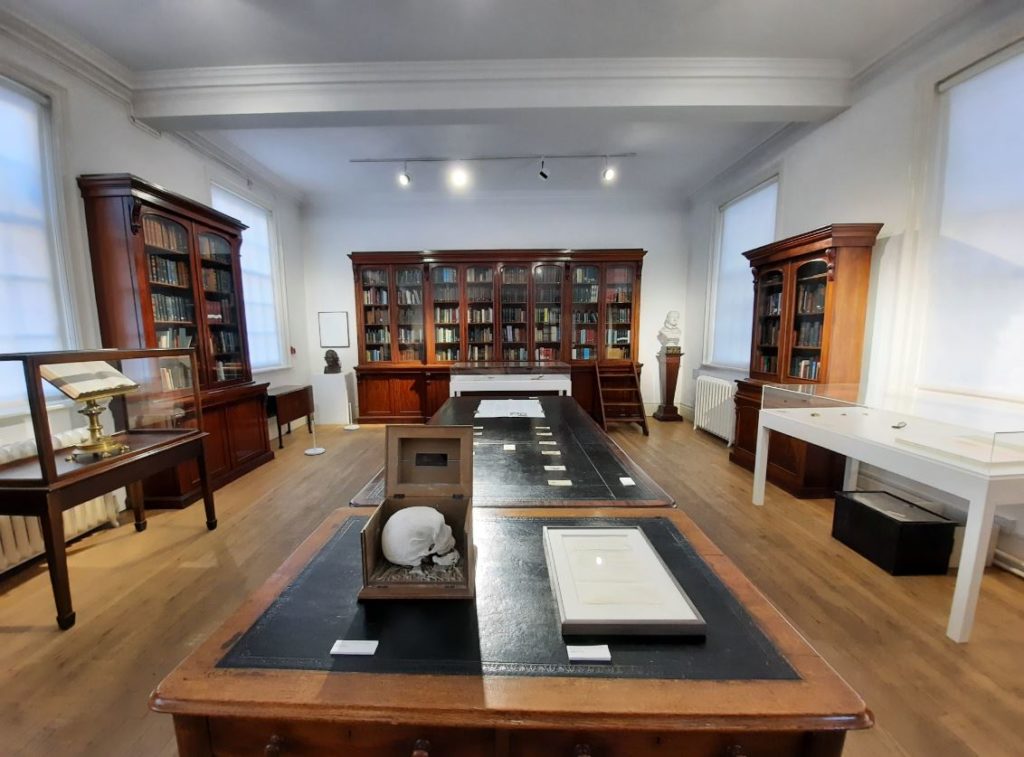

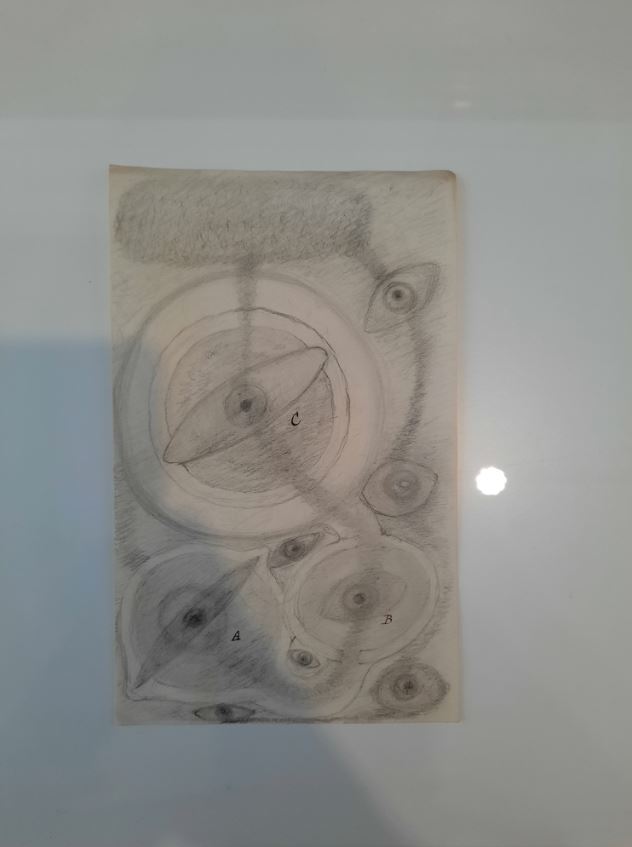


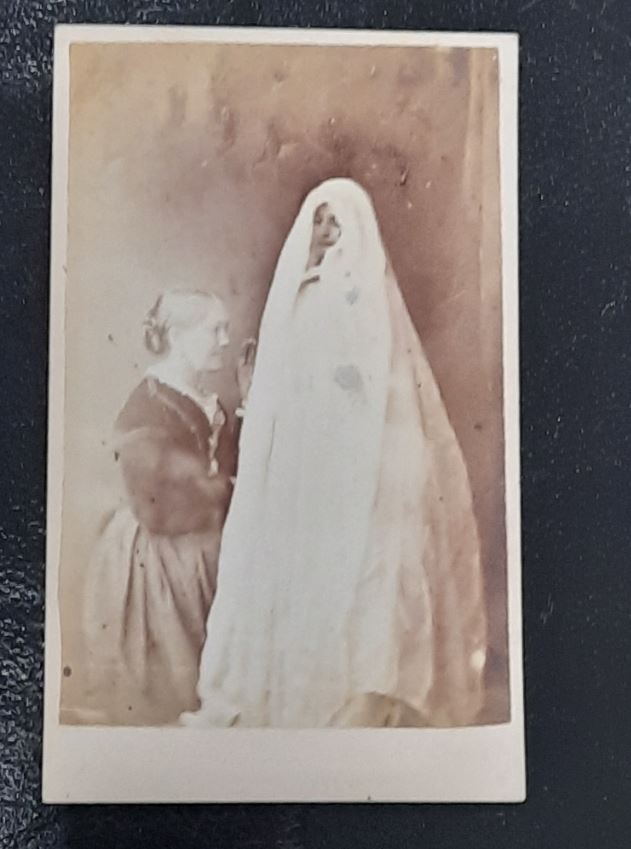
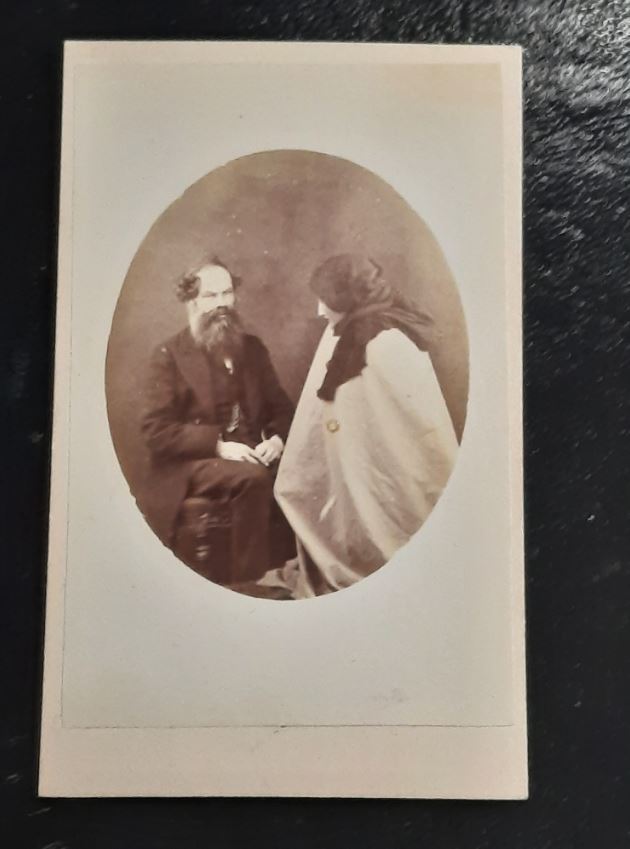



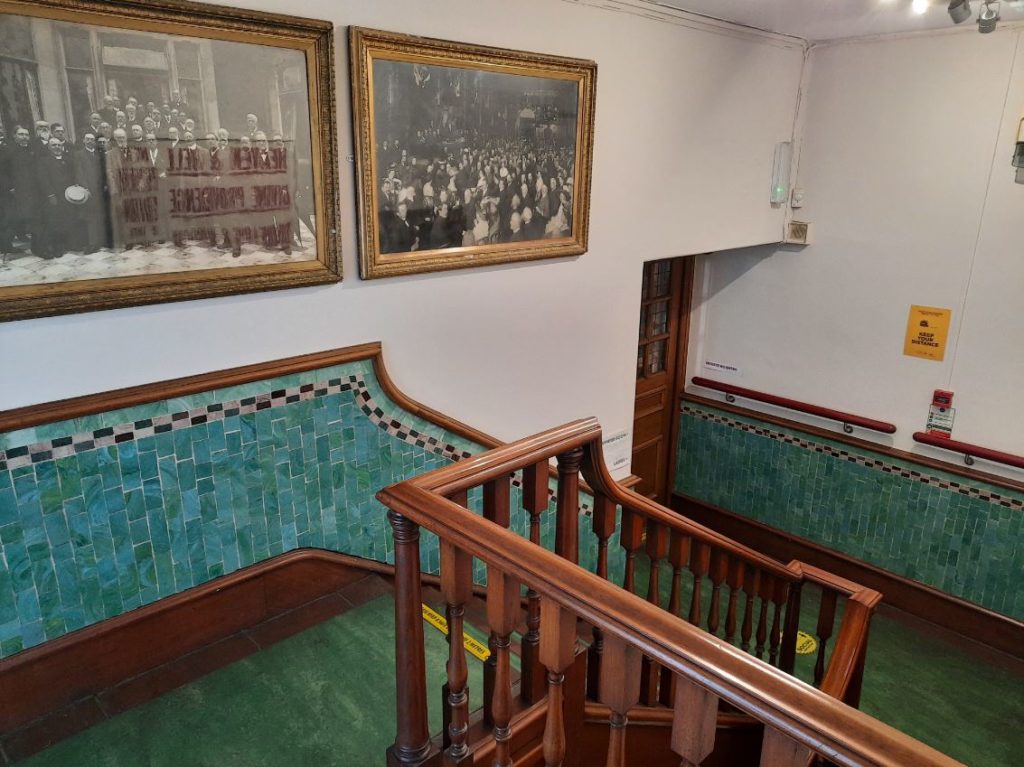
2 thoughts on “The Covid Diaries 46: Swedenborg House, Hellish Love”